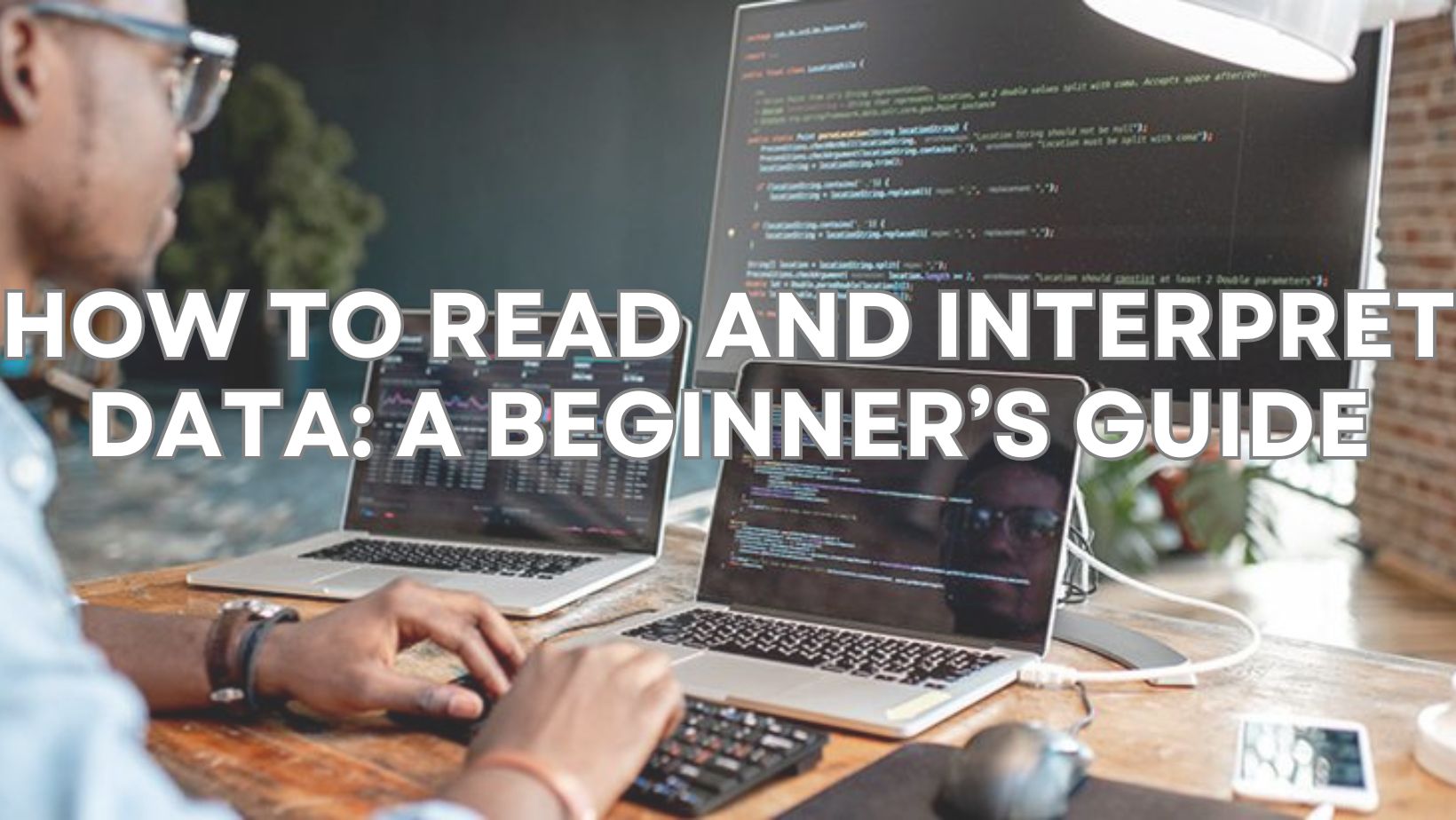How to Read and Interpret Data: A Beginner’s Guide
 Shivanshi Singh
Shivanshi Singh
In today’s data-driven world, the ability to read and interpret data is a crucial skill. Whether you're a beginner in data analysis or just starting to incorporate data into your decision-making process, understanding how to work with data is essential. This guide will walk you through the steps involved in reading and interpreting data effectively.
1. Understanding the Basics of Data
Before diving into analysis, it’s important to grasp the fundamentals:
Types of Data
Qualitative Data: Descriptive data that categorizes or labels variables. Examples include customer feedback, survey responses, or product descriptions.
Quantitative Data: Numeric data that can be measured and analyzed mathematically. This includes sales numbers, website traffic, or test scores.
Data Formats
Structured Data: Organized in rows and columns, such as in spreadsheets or databases.
Unstructured Data: Includes text, images, and videos that don’t follow a specific format.
2. Identifying Data Sources
Knowing where your data comes from is key to understanding its relevance and accuracy:
Primary Data: Collected first-hand through surveys, interviews, or experiments.
Secondary Data: Obtained from already existing sources such as reports, research papers, or public databases.
3. Preparing Data for Analysis
Before interpreting data, it must be cleaned and organized:
Data Cleaning: Remove errors, duplicates, or missing values. This ensures the dataset is accurate and ready for analysis.
Data Structuring: Organize the data in a readable format. This may involve sorting by date, category, or other variables.
4. Analyzing the Data
Once the data is clean and structured, it’s time to analyze it:
Descriptive Statistics
Mean: The average value of a dataset.
Median: The middle value when data is arranged in order.
Mode: The most frequently occurring value.
Range: The difference between the maximum and minimum values.
Visualizing the Data
Visual representation makes it easier to understand and interpret patterns:
Bar Graphs: Great for comparing categorical data.
Line Charts: Useful for showing trends over time.
Pie Charts: Best for showing proportions.
Histograms: Help in understanding data distribution.
5. Interpreting Results
Interpretation involves drawing conclusions from the data:
Trends and Patterns: Look for trends, such as increases or decreases over time, or patterns in customer behavior.
Correlation: Identify relationships between different variables. For example, is there a link between marketing efforts and sales growth?
Outliers: Unusual data points that deviate significantly from the rest of the dataset. These can affect the overall analysis and should be investigated.
6. Drawing Insights and Making Decisions
Finally, use the insights you’ve gained from the analysis to make informed decisions. For example:
For businesses: Use customer data to improve products or services.
For finance: Analyze spending habits to optimize budgets.
For health: Review patient data to identify risk factors or treatment options.
7. Common Mistakes to Avoid
Misinterpreting Correlation as Causation: Just because two variables are correlated doesn’t mean one causes the other.
Ignoring Context: Always consider the context in which data is collected, such as time, location, and conditions.
Overfitting Models: Be cautious of overly complex interpretations that fit only your current dataset but may not apply to future data.
Conclusion
Reading and interpreting data is a vital skill that anyone can develop with practice. By understanding the basics, cleaning and organizing your data, and analyzing it effectively, you can unlock valuable insights that can guide your decisions. For those seeking to deepen their data analysis skills, enrolling in a data science training course in Delhi, Noida, Chandigarh, Agra, Pune, and other cities located in India can provide hands-on experience and further enhance your ability to interpret and analyze complex datasets.
Subscribe to my newsletter
Read articles from Shivanshi Singh directly inside your inbox. Subscribe to the newsletter, and don't miss out.
Written by

Shivanshi Singh
Shivanshi Singh
I am a Digital Marketer and Content Marketing Specialist, I enjoy technical and non-technical writing. I enjoy learning something new. My passion and urge is to gain new insights into lifestyle, Education, and technology.